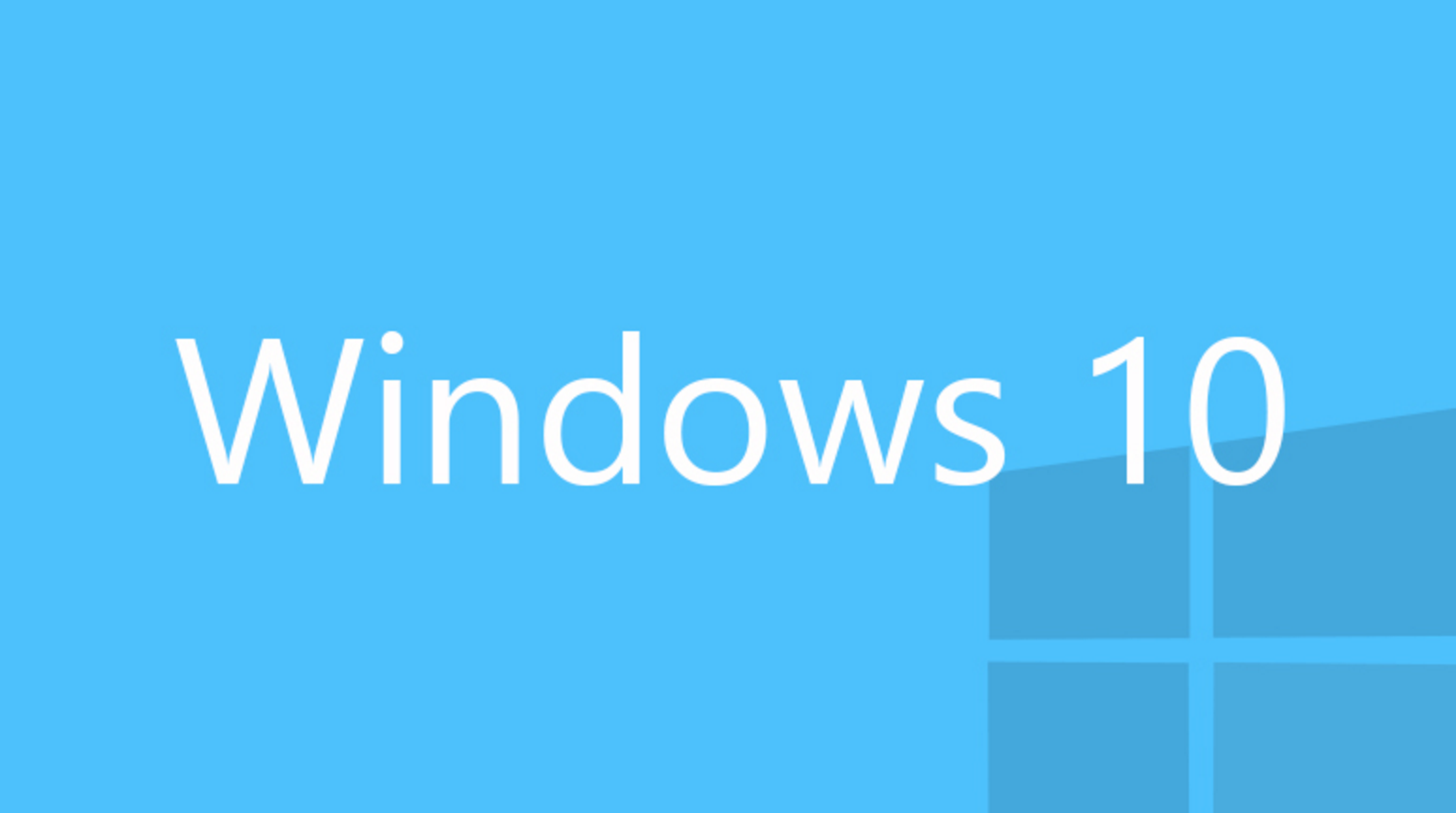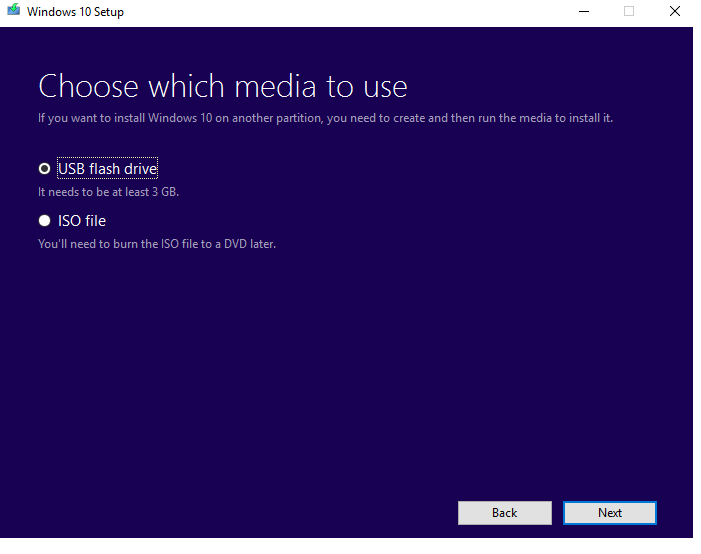Windows 10, which was launched last year by Microsoft, can be installed in several ways on your PC or laptop. Microsoft has provided an opportunity for all users to automatically upgrade Windows 7/8.1 to Windows 10. But apart from that, you can also create a boot/installation media (USB-flash drive or a DVD-ROM) for a clean install or reinstall Windows 10 on your computer. Creating a bootable USB flash drive in Windows 10 is easier than on Windows 7 or 8.1. The fact is that Microsoft has released a useful tool called «MediaCreationTool», which makes downloading of Windows 10 ISO-files much more convenient and easier. This guide will show you how to create a bootable USB Flash Drive in Windows 10.
You may also read: 10 Ways To Open The Command Prompt In Windows 10
How To Create A Bootable USB Flash Drive In Windows 10
Before you create a bootable USB flash drive with Windows 10, make sure that USB, which is used as a bootable media is clean, without any critical data. Because this process will format the USB completely, all data will be lost. In addition, the flash drive must have at least 4GB of memory. If everything is OK, you can start creating the bootable media. To do this, follow these steps:
Step 1: Download “Media Creation Tool” according to the type of your system from the Microsoft download page. The type of your opening system can be found by opening Start> Settings> System> About.
Step 2: Once MediaCreationTool downloaded, run it. Open the initial screen «Windows Installation Program”, where you have to choose what you want to do. Select “Create installation media for another PC” and click next.
Step 3: On the next screen, select the language, architecture, and version of Windows 10.
Step 4: Select the bootable device. Now, you need to choose the type of media that will be used to download and install Windows 10. Select USB-flash drive and click next.
Step 5: In this step, you need to connect USB flash drive to the computer (if not already connected). If the program doesn’t see your USB drive, try to reconnect it.
Step 6: If everything is OK, click next. Then Windows 10 begins to loading. The process is quite long, so you need to patient.
Step 7: On the next screen, the program will inform you of the readiness of the flash memory and files. Click Finish. And that’s all!
The bootable USB flash drive with Windows 10 is ready for use.
Image source: www.unlockphonetool.com
You may also read: How To Remove The Folders From “This PC” On Windows 10






